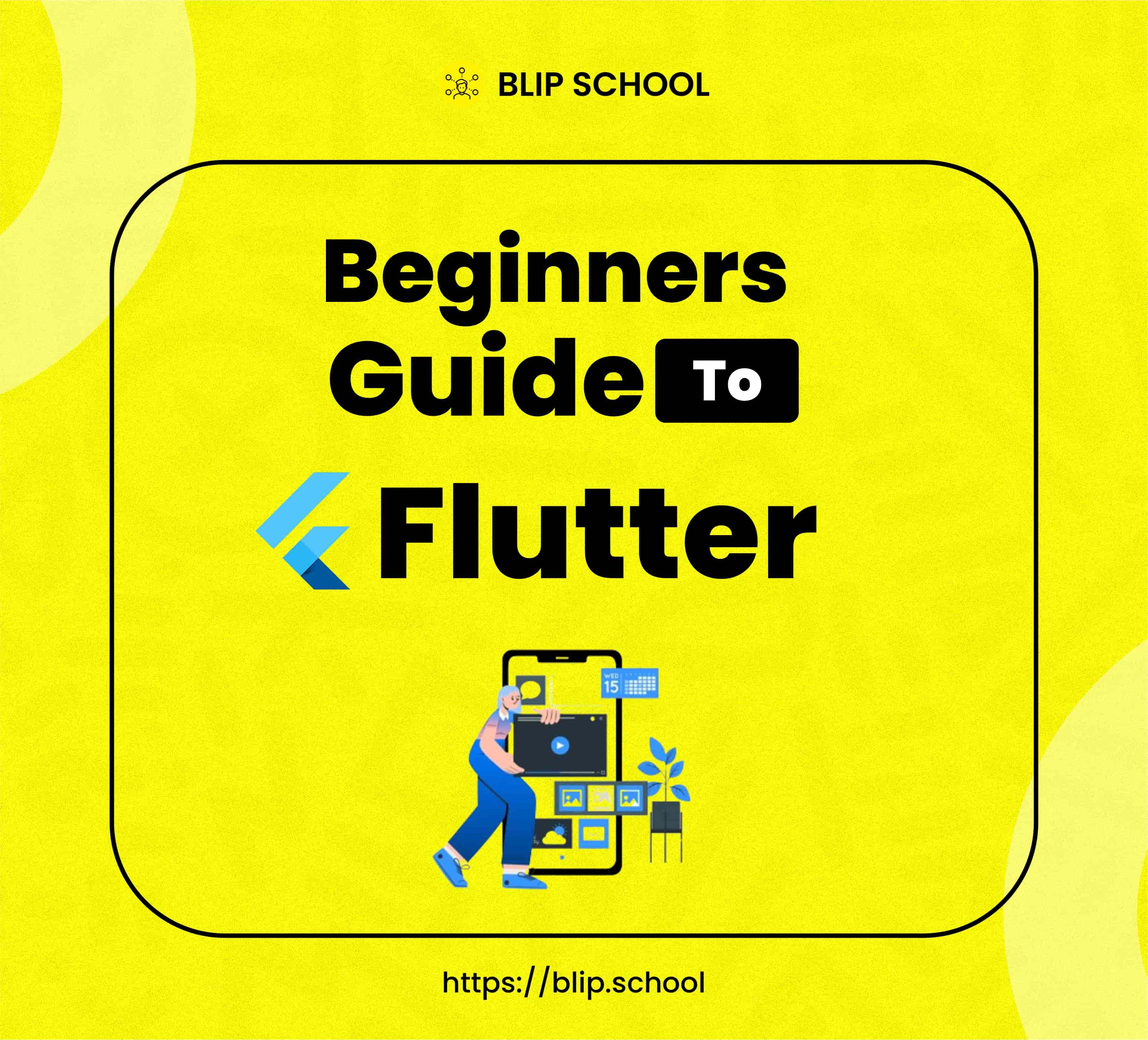
Beginner's Guide to Flutter
This program covers the fundamentals of Flutter and Dart development, starting with an introduction to Dart and its key concepts. Students will set up their development environment, learn about Flutter widgets, state management, working with data, navigation, animations, and deployment. By the end of the program, students will be equipped to develop and deploy Flutter applications for Android and iOS platforms.
Pre-requisite Program
The following program are pre-requisite to taking this program:
-
Computer Appreciation Open
Category
Mobile Development
Program Type
Paid Program
Program Fee
₦25,000.00
Publish Date
26/03/2024
Language
8 Lessons |
4 weeks
1
This program section covers the fundamentals of Dart programming. Students will learn programming basics such as variables, data types, operators, control flow, and functions. They will also explore advanced topics including classes, inheritance, polymorphism, constructors, collections (lists, maps, sets), asynchronous programming using Futures and async/await, and the null safety system in Dart.
This program section covers setting up the development environment for Flutter and Dart. Students will learn how to install Flutter and Dart, configure popular IDEs such as Android Studio and VS Code, and gain an understanding of the Flutter project structure.
This program section focuses on exploring Flutter widgets. Students will build their first Flutter app and gain an understanding of stateless and stateful widgets. They will learn about essential Flutter widgets such as Text, Button, Container, as well as different layouts like Row, Column, and Stack. Students will also learn how to style widgets using themes and styles, enabling them to create visually appealing user interfaces for their Flutter applications.
This program section covers state management in Flutter, beginning with an introduction to the concept and its significance in app development. Students will learn how to manage state changes using setState() and apply this knowledge to build complex user interfaces efficiently.
This program section covers essential aspects of working with data in Flutter. Students will learn how to display and manipulate data within Flutter applications. They'll also explore how to interact with external data sources using JSON and REST APIs, enabling them to fetch data dynamically from web services. Additionally, students will gain an understanding of how to work with databases, including storing and retrieving data locally within their Flutter applications.
This program section covers navigation and routing in Flutter. Students will learn about various navigation patterns, utilize the Navigator API for navigation between screens, and implement named routes for structured navigation within their Flutter applications.
This program section covers animations and interactions in Flutter. Students will learn how to add basic animations using widgets like AnimatedContainer and AnimatedOpacity. They'll also gain an understanding of Flutter's animation framework and how to create custom animations using Tween, AnimationController, and curves.
This program section covers deploying Flutter apps to both Android and iOS platforms. Students will learn the process of deploying their Flutter applications and gain an understanding of hot reload and hot restart features, which enable efficient development by quickly applying code changes without restarting the entire application.
